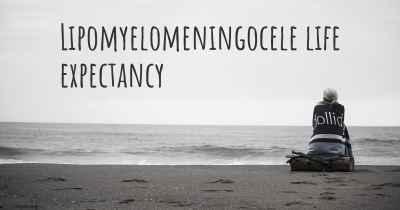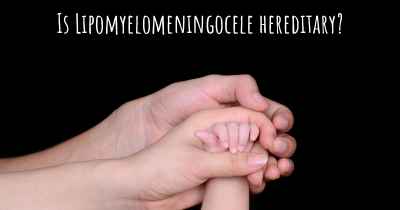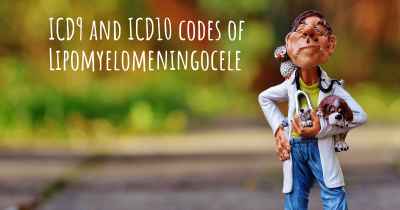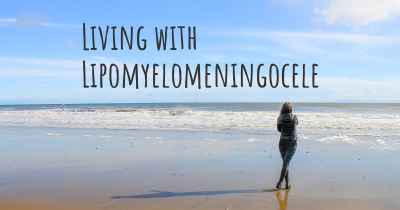Is it advisable to do exercise when affected by Lipomyelomeningocele? Which activities would you suggest and how intense should they be?
See if it is advisable for people with Lipomyelomeningocele to practice sports and which ones are the most recommended if you have Lipomyelomeningocele
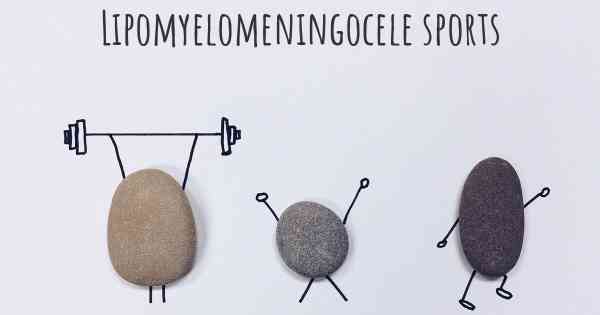
Is it advisable to do exercise when affected by Lipomyelomeningocele?
Lipomyelomeningocele is a congenital condition characterized by a fatty mass or lipoma attached to the spinal cord. It is typically present at birth and can cause various neurological symptoms. When it comes to exercise, it is important to consider the individual's specific condition and consult with a healthcare professional before starting any exercise regimen.
While exercise can have numerous benefits for overall health and well-being, it is crucial to approach it cautiously and adapt it to the individual's capabilities and limitations. In the case of lipomyelomeningocele, certain exercises may be beneficial, while others may pose risks or discomfort.
Which activities would you suggest and how intense should they be?
The choice of activities will depend on the severity of the condition, the individual's overall health, and any associated complications. Here are some exercises that may be considered:
- Low-impact aerobic exercises: Activities such as walking, swimming, or cycling can be beneficial as they are gentle on the joints and do not put excessive strain on the spine. These exercises can help improve cardiovascular fitness, muscle strength, and overall endurance.
- Core strengthening exercises: Strengthening the core muscles can provide stability and support to the spine. Exercises like gentle Pilates or yoga can help improve posture, balance, and flexibility. It is important to avoid any exercises that involve excessive twisting or bending of the spine.
- Range of motion exercises: Gentle stretching exercises can help maintain flexibility and prevent muscle tightness. These exercises should be performed within a comfortable range and should not cause any pain or discomfort.
- Balance and coordination exercises: Activities that focus on balance and coordination, such as tai chi or specific balance exercises, can help improve stability and reduce the risk of falls. These exercises should be performed under the guidance of a qualified instructor.
It is important to note that the intensity of the exercises should be tailored to the individual's abilities and limitations. Starting with low-intensity exercises and gradually increasing the intensity and duration can help prevent overexertion and minimize the risk of injury.
Precautions and considerations:
When exercising with lipomyelomeningocele, it is crucial to keep the following precautions and considerations in mind:
- Consultation with a healthcare professional: Before starting any exercise program, it is essential to consult with a healthcare professional who is familiar with the individual's condition. They can provide personalized guidance and recommendations based on the specific needs and limitations.
- Monitoring for symptoms: During exercise, it is important to pay attention to any symptoms such as pain, numbness, tingling, or weakness. If any of these symptoms occur, it is advisable to stop the activity and seek medical advice.
- Proper warm-up and cool-down: Prior to exercise, it is important to perform a proper warm-up routine to prepare the muscles and joints for activity. Similarly, a cool-down routine can help gradually bring the heart rate and breathing back to normal.
- Use of appropriate equipment: When engaging in physical activity, it is important to use appropriate equipment and ensure proper safety measures. This may include wearing supportive footwear, using assistive devices if necessary, and exercising in a safe environment.
- Regular monitoring and adjustments: As the individual progresses with their exercise routine, it is important to regularly monitor their condition and make any necessary adjustments. This may involve modifying the exercises, intensity, or duration based on the individual's response and feedback from healthcare professionals.
Conclusion:
While exercise can have numerous benefits for individuals affected by lipomyelomeningocele, it is crucial to approach it with caution and seek guidance from healthcare professionals. Low-impact aerobic exercises, core strengthening exercises, range of motion exercises, and balance and coordination exercises can be considered, but the intensity and type of exercise should be tailored to the individual's capabilities and limitations. By taking appropriate precautions and considering individual needs, exercise can contribute to overall well-being and quality of life for those affected by lipomyelomeningocele.
